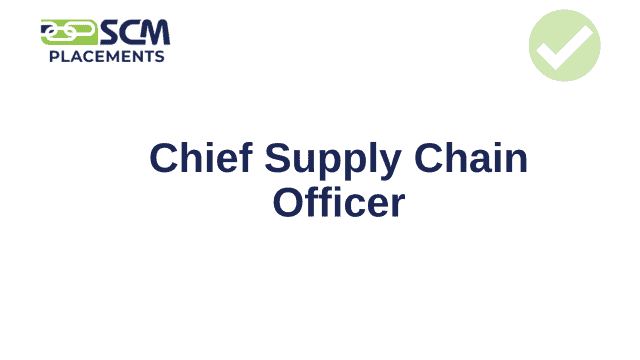
Company Name
CONFIDENTIAL
Search Job Title
Chief Supply Chain Officer
Client Profile
This privately held multi-billion-dollar construction services company formed through the merger of two regional utility contractors.
Role Objectives & Challenges
This executive role was designed to oversee three critical areas of the business: Procurement, Fleet, and Continuous Improvement (CI), with leadership over a team of just under 200 employees.
Fleet Management:
The company’s fleet includes more than 14,000 assets, ranging from standard work trucks to heavy equipment such as dump trucks, skid steers, drills, and backhoes. Most fleet managers are long-tenured, deeply knowledgeable operators, but tend to focus on day-to-day execution rather than long-term strategy. Maintenance and repair operations are largely handled in-house, presenting opportunities for optimization and modernization.
Procurement:
The procurement function manages $1.7 billion in spend, including complex contracts with major vendors such as Ford, Chevy, Caterpillar, John Deere, and Hitachi. Activities span both national and local levels and require a deep understanding of how procurement decisions affect EBITDA and overall operating budgets. The team has traditionally operated in a tactical mode and needs leadership that can elevate its approach to strategic sourcing and spend management. Cost savings are a critical metric—delivering $30 million annually would be a strong performance; surpassing that figure would be considered exceptional.
Continuous Improvement (CI):
The organization currently lacks a formal CI team or PMO. Projects are handled by assembling ad hoc teams from across the business, which has limited the scalability and sustainability of improvement initiatives. Recent efforts included the development of a field productivity dashboard and a fuel compliance program, both of which signal a growing commitment to performance tracking and operational efficiency. The incoming executive will need to build out CI capabilities while also driving broader cultural adoption of continuous improvement practices.
Leadership and Strategic Integration:
This role requires strong stakeholder management skills, particularly in navigating relationships with BU presidents, operating company leaders, and the Board. The executive will play a key role in post-acquisition integration efforts and must help shift the overall mindset of the organization from reactive execution to forward-thinking strategy. Interactions with private equity sponsors will be frequent, and the ability to translate operational insights into financial impact is essential.
Defining Success:
The CEO will evaluate success based on year-over-year improvements in supply chain savings, productivity enhancements, and reductions in fleet capital and maintenance costs. Perhaps even more critically, success will also be defined by the executive’s ability to drive cultural change, embedding continuous improvement into the organizational DNA and elevating the function from tactical support to strategic leadership.
Our Approach to Solve the Search
This was a brand-new position — the company had never hired for a Chief Supply Chain Officer before. Our initial approach focused on the construction sector, under the assumption that relevant industry experience would be essential. However, it quickly became apparent that what the company truly needed was a candidate with deep strategic expertise that could cut across industries.
Our first step was to conduct a thorough intake process with key stakeholders, including executive and C-suite leadership. We needed a full 360-degree understanding of what success would look like in this role, not only in terms of technical skills and experience but also strategic vision and cultural fit.
In response, we targeted leaders from top-tier firms known for their supply chain and operational excellence. Two standout candidates came from Accenture and Walmart, both with strong strategic pedigrees. However, they lacked the specific construction industry experience the company thought it needed.
This insight led us to work more closely with HR leadership, who served as an essential bridge to the C-suite. Their feedback helped us continuously recalibrate our approach. In turn, we provided market intelligence and talent advisory support to help align expectations with reality. Through this iterative process, we fine-tuned the search parameters and ultimately built a slate that reflected both the company’s strategic goals and the practical realities of talent availability.
The Hire & Results
The final hire was an extremely passive candidate — someone who was not actively looking but perfectly matched the evolved criteria. He possessed the top three qualities our client prioritized: Experience serving the utility sector, matching the company’s customer base:
-A track record with direct competitors, offering relevant industry insights; -Distributor-side expertise bringing a well-rounded commercial perspective.
On top of that, he brought a deeply strategic background, weaving together the exact mix of operational excellence and long-term planning that the role demanded. While it took three months of persistent outreach and relationship-building to engage him, the effort paid off.
Our partnership with the company’s HR team was key. It allowed the CEO to stay focused on running the business, trusting that our team would deliver a vetted, strategic slate of candidates. When the final decision was made, there was a high degree of confidence and alignment that this hire would deliver transformative impact.